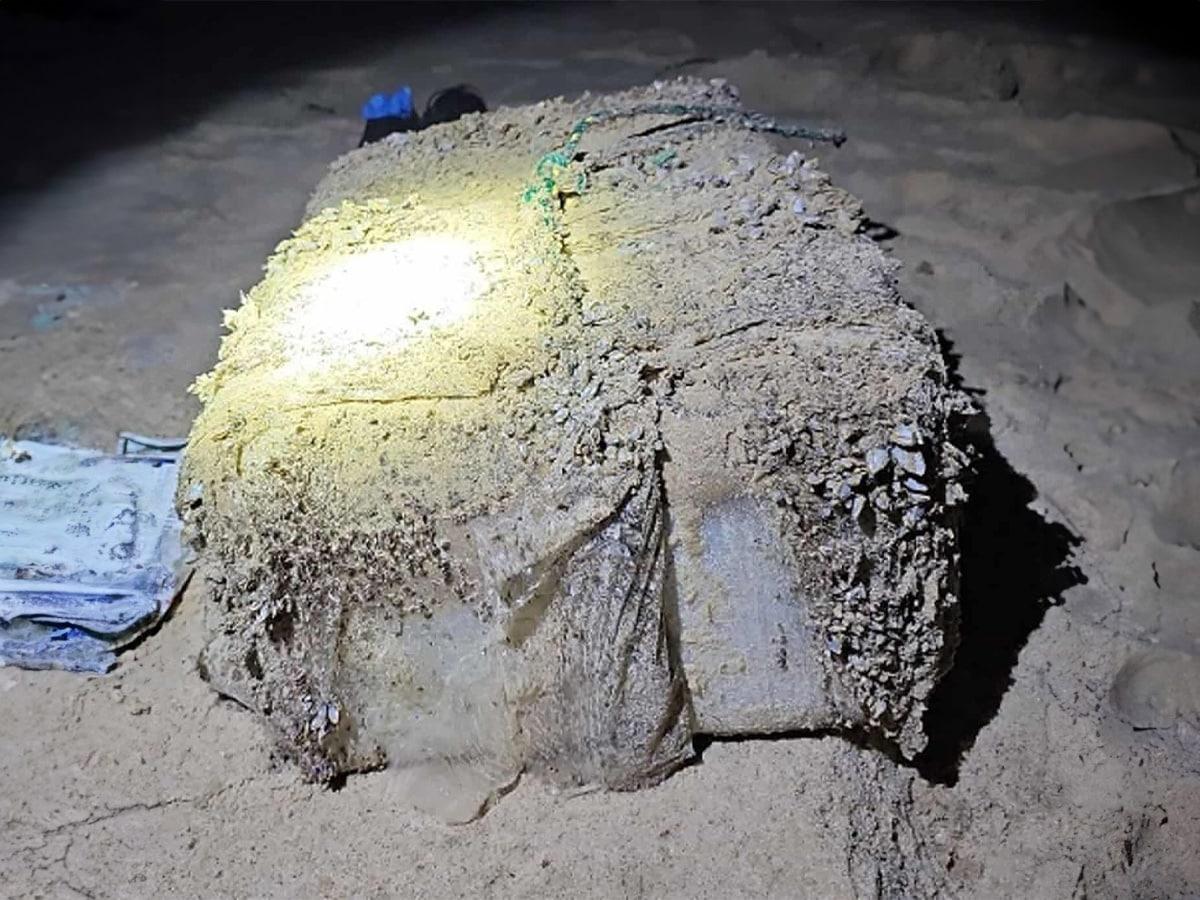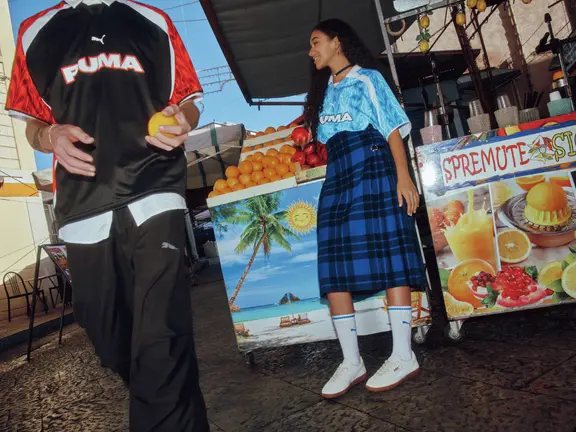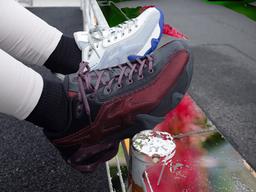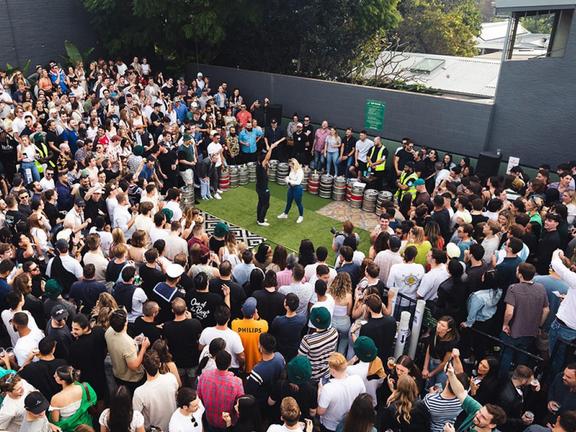UPDATE 19/04/2024: Five suspected cocaine bricks weighing 256kg (street value nearing $1 million) were found to have been washed up on NSW beaches since December last year. However, authorities have finally caught up with the person behind the operation.
On April 18th, 2024, Police charged a Brisbane man over an international drug trafficking plot where he failed to import 900kg of cocaine into Australia.
Speaking to the media from Brisbane on Thursday afternoon, Dep Spt Adrian Telfer, said the alleged man is the head of a transnational crime group operating out of Brisbane which had been under police investigation for more than a year: “Since November of just last year, we will allege he had an intention of importing drugs into Australia on 20 separate occasions, totalling more than 20 tonnes,” he said.
How did the drugs end up in the water? The man is alleged to have coordinated the importation of the cocaine on a cargo ship where it was then intentionally dropped off the side of the into waters off the Brisbane coastline. As for why it wasn’t picked up, conditions are said to have played a “significant factor” and “there is more out there,” according to Telfer.
“When police learned this collection was unsuccessful, a coordinated search was undertaken by all of our partner agencies,” he said. “However, the drugs could not be located.”
“Ultimately, as soon as we suspended our search, we notified authorities in New South Wales that the cocaine could wash ashore down there. Approximately six weeks later, that’s exactly what we saw.”
The drugs had an estimated street value of $617m.
RELATED: BlackRock Motor Park is Australia’s First Resort for Motoring Enthusiasts.
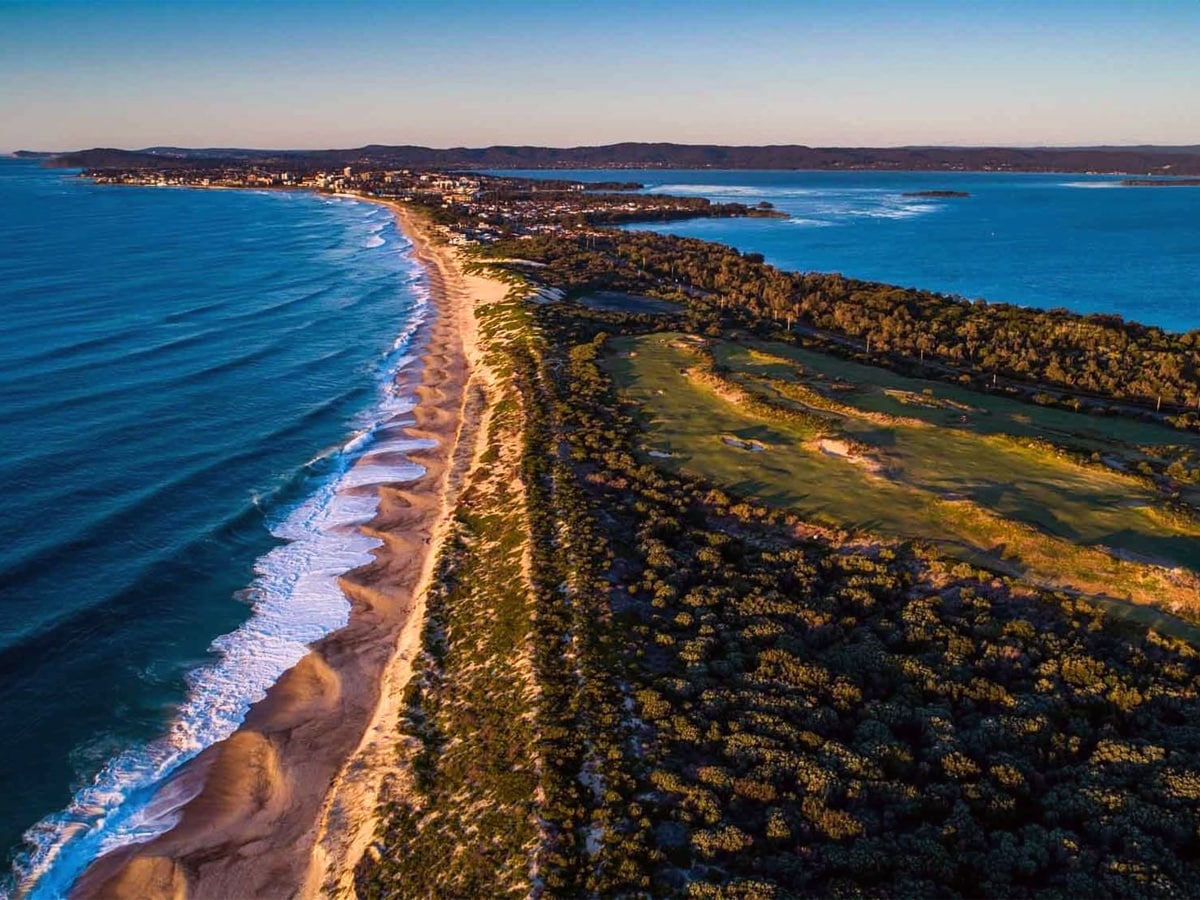
Original story: Since the initial sighting of a suspicious package on Magenta Beach last December, the influx of cocaine bricks has captured public attention and prompted a coordinated response from law enforcement agencies.
“Our detectives have analysed tides as well as barnacle growth on the packages to determine the blocks were only in the water a short amount of time before washing ashore – no more than six weeks,” remarked Detective Superintendent Faux, Commander of State Crime Command’s Organised Crime Squad.
But how does such a substantial quantity of cocaine end up adrift in the ocean, ultimately washing ashore on Sydney’s iconic beaches?
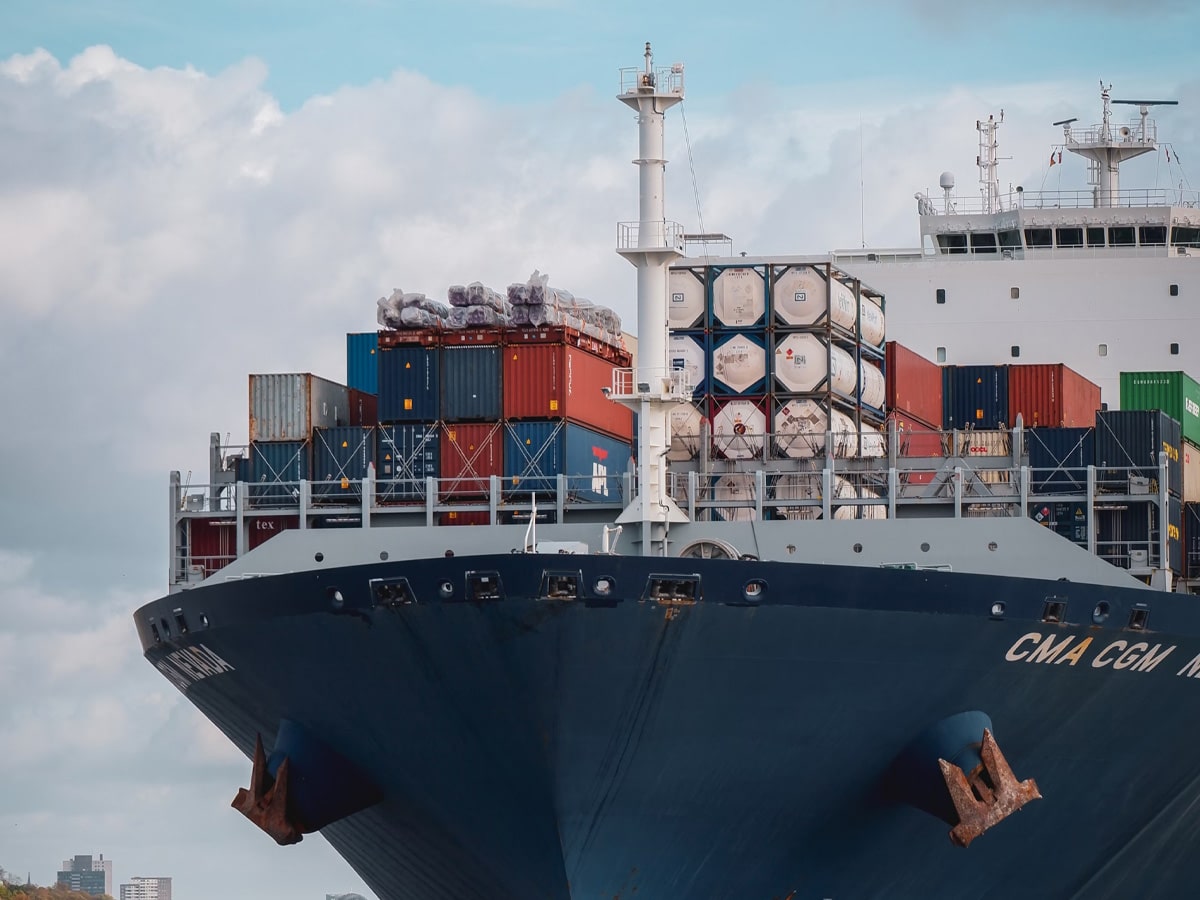
Dr Vincent Hurley from Macquarie University’s Department of Security Studies and Criminology told the Guardian that the global cocaine trade relies heavily on cargo ships ferrying tens of thousands of containers across oceans. The hollow cavities within these containers provide perfect concealment for wrapped cocaine bricks, allowing traffickers to exploit the vast expanse of the maritime domain with relative impunity.
Containers are also prone to falling overboard during transit, further adding to the risk of loose cocaine making its way to shorelines via ocean currents—a scenario that has become alarmingly common in recent years.
Moreover, crime syndicates employ sophisticated tactics such as attaching containers of cocaine to the hulls of ships using heavy-duty chains and cables to evade detection. These containers, often unnoticed by the unsuspecting crew, pose a significant risk of rupture in turbulent waters, releasing their illicit cargo into the ocean’s depths.
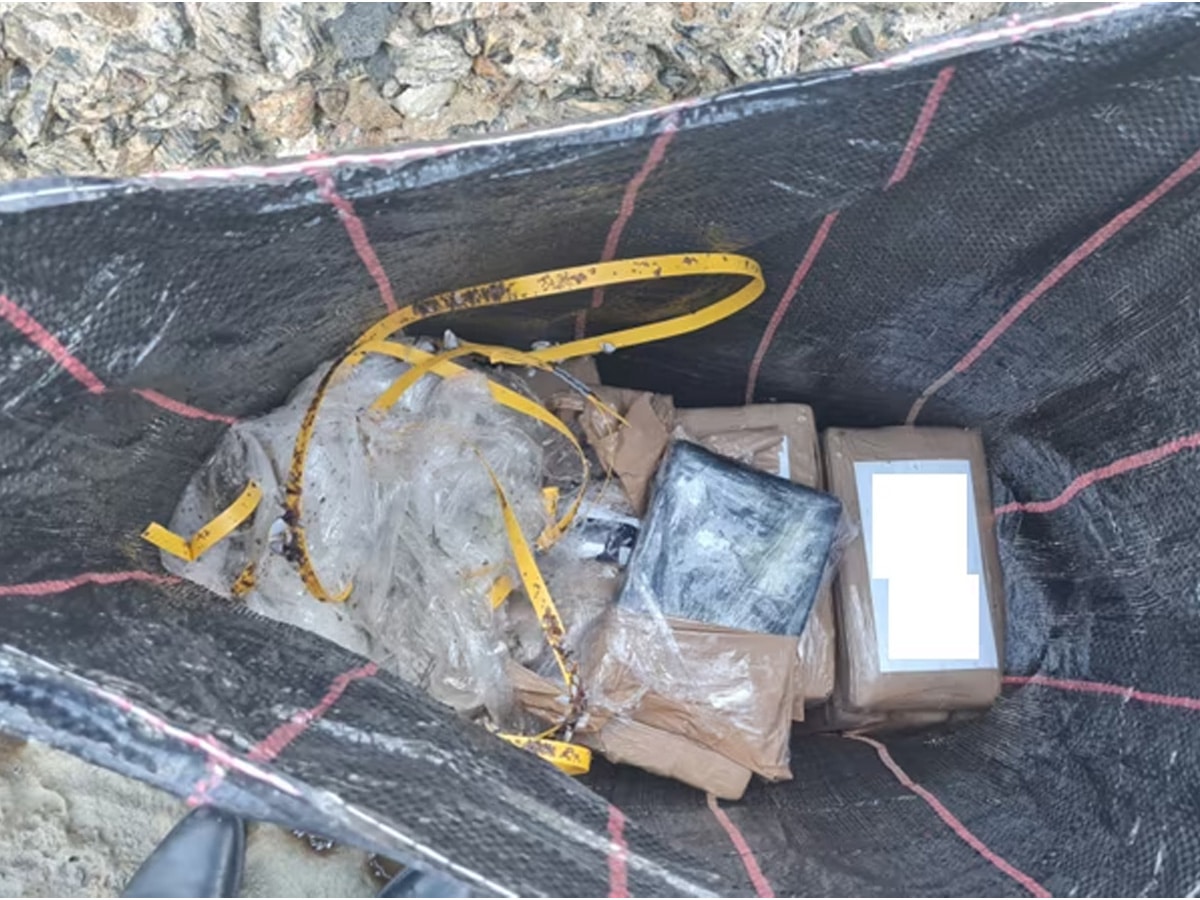
While Australia’s strategic location makes it a prime target for drug smuggling operations, the soaring demand for cocaine among affluent consumers has further incentivised traffickers to exploit maritime routes for illicit trade.
Looking at historical data, Australians were ranked the highest per capita users of cocaine in the world – 4.2 per cent of Australians aged 14 and overused cocaine in 2019, according to the Sir David Martin Foundation. Thus, the allure of cocaine coinage continues to fuel the trade despite concerted efforts by law enforcement agencies to stem the tide of narcotics entering the country.
Join Our Exclusive Community!
Keep up with the latest trends, best stories, and crucial updates from Man of Many direct to your inbox.
You’ll also like:


